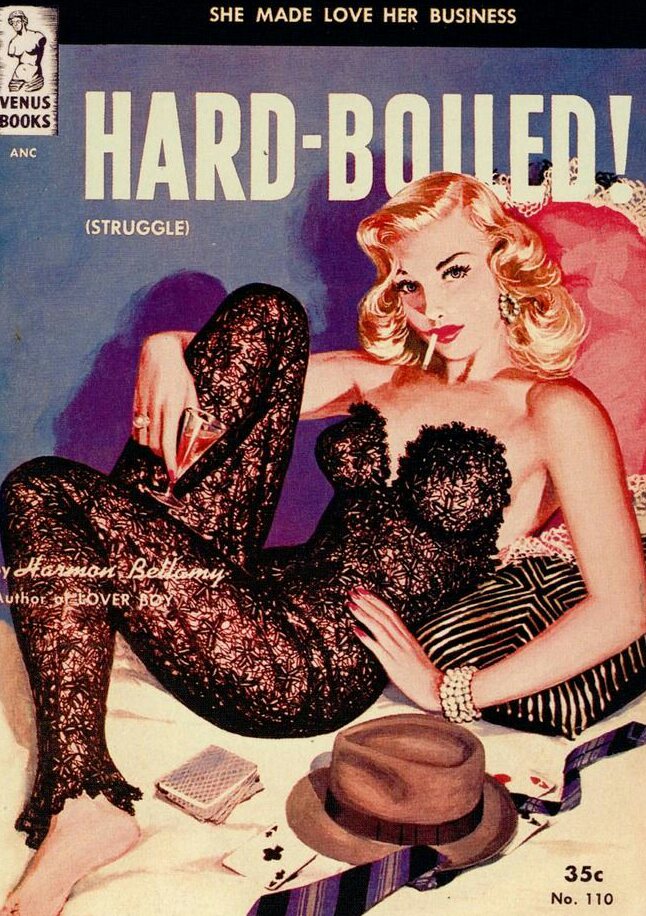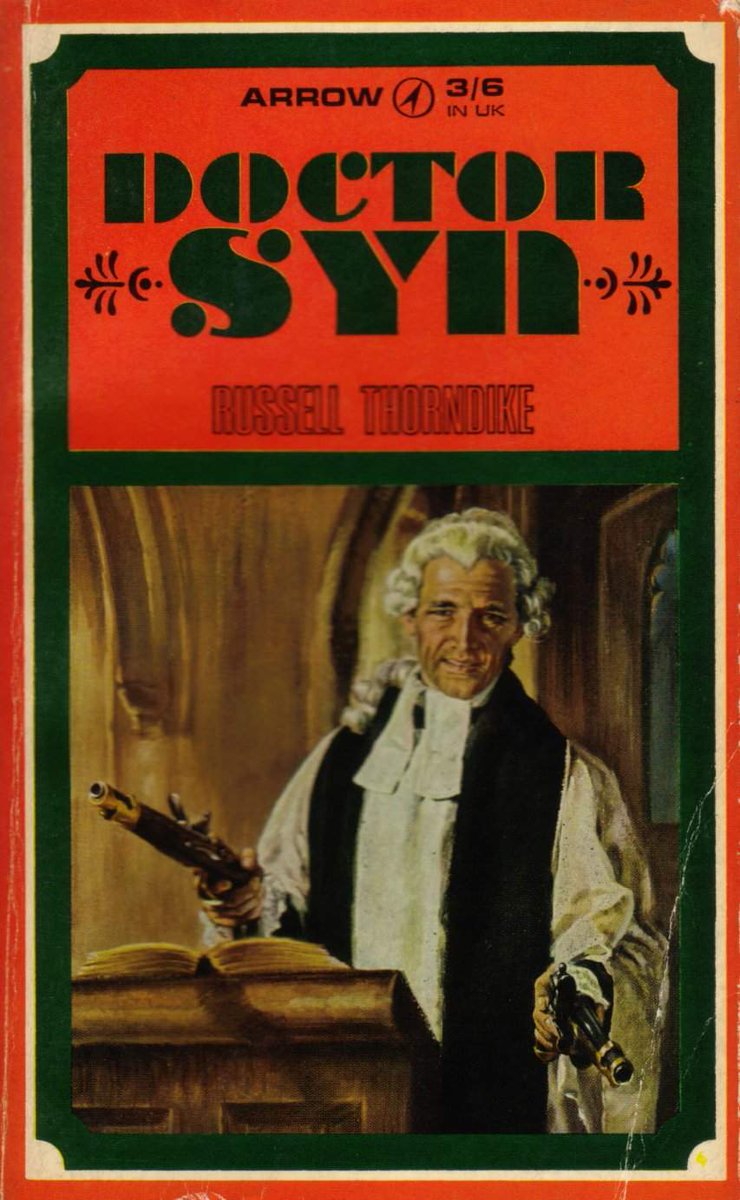Today in pulp... I look back at an artist whose brazen, action-packed news images captured the essence of post-war Italy: Walter Molino! 

Molino began his career as an illustrator and caricaturist in 1935, working on a number of Italian newspapers. But in 1941 he took the prize spot for Italian commercial artists: cover illustrator for La Domenica del Corriere. 

La Domenica del Corriere came out every Sunday, free with Corriere della Sera, and its hallmark was always its cover illustration: striking, exciting and sensationalist! 

Molino was following in illustrious footsteps: Achille Beltrame had made his career illustrating for La Domenica del Corriere and had defined its cover style - direct and dramatic. 

Walter Molino would carry on this tradition for the next 48 years with a torrent of drastic, action-packed illustrations for the newspaper. 

Molino's speciality was capturing the moment of acute danger: his illustrations seize the moment and foreground the action, no matter what the story was. 

And Molino was a master of displaying tension: with tight composition and excellent use of perspective he thrust the viewer into the action. 

No story was too trivial to capture Molino's imagination: if he could wring tension out of situation he would paint it. 

Many of his covers for La Domenica del Corriere feature crashes, accidents or near-misses. The crunch of bones, figures flying through the air to disaster, the shock of the moment of impact: his illustrations captured it all. 

But Molino also captured the changes to society that were rapidly happening: his art was about change as much as impact. He tried to make sense of mid-modernity to an audience struggling to keep up with the sheer pace of the modern world. 





La Domenica del Corriere ceased publication in 1989, but its covers are still collector items thanks to Molino's eye for the dramatic. 

So here's to Walter Molino: the artist who helped shape modern Italy through the power of the image. Proof that a well made illustration can sometimes tell us more than a simple photograph can.
More stories another time...
More stories another time...

• • •
Missing some Tweet in this thread? You can try to
force a refresh





























